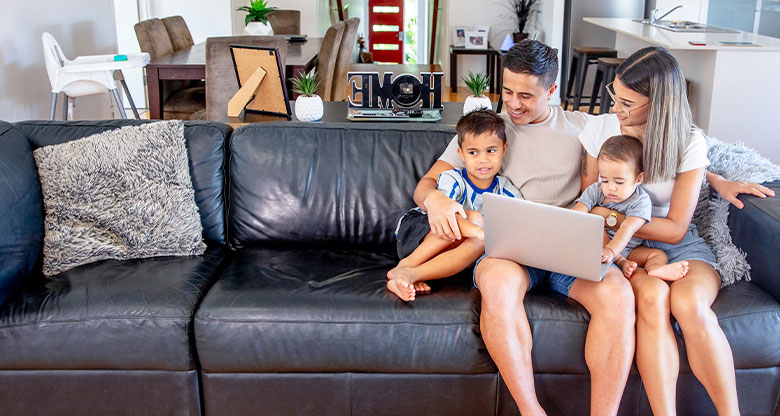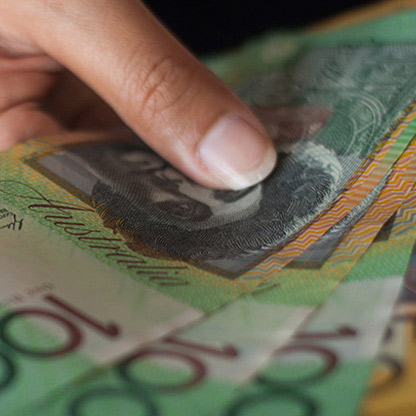1. Work out how much you need
If you are just getting started, aim to set aside a minimum of one month worth of expenses for your emergency fund. Look at your budget to work out how much you need for to meet your obligations, then consider how much you would need to keep up your current lifestyle without having to borrow.
Once you have met your first target, continue to build your fund so you have about three months’ worth of living expenses as an emergency buffer. This will allow you to continue to cover costs for about three months while you work out a plan if an emergency strikes.
If you have a mortgage and financial dependents, you might want to aim to have three to six months of expenses in your rainy day fund. That way you can cover living costs for you and your family while you work out your next steps.
2. Define what an emergency is for you
It’s important to work out when you will let yourself break your emergency fund, so you have the money you need when an emergency happens. This fund should be separate to your rainy day fund, which you may dip into every now and then for expenses you can’t quite predict.
3. Start saving into your fund
Your emergency fund is different to your regular savings, so you may want to use a separate bank account to make sure you don’t accidently dip into it.
You can set up an emergency fund or a rainy day fund by setting up a scheduled payment into a new account. If you use the CommBank app and have a NetBank Saver or GoalSaver account, you can set this up using Goal Tracker.
It might take time to reach the target you set, but every dollar you put away is one you won’t need to find next time you experience a financial shock.
4. Keep it topped up
If you do have to use your emergency fund make sure you start topping it back up as soon as you can. It’s important to make sure it’s replenished so that you’re always prepared for what’s to come.



